One bad experience that every car owner dreads to have is a blown head gasket. When you have a blown head gasket, there is no other way for you to repair this but to have it replaced. But how long does it take to replace one? We have researched this topic thoroughly, and this is what we found.
The labor time to replace your head gasket can range from a few hours to a few days. It will depend on parts availability, other repairs needed, and even the mechanic's skill and tools used for the replacement. Head gasket replacements are major repairs, as you must remove half of the engine from the engine bay.
Continue reading as we discuss more details about head gasket replacement and other additional questions that you might have. We will also be suggesting some interesting and very informative topics at the end of this post, so make sure to finish reading to learn more.
How long does it take to have my head gasket replaced?
Head gasket replacements are a major repair that will require some time. These types of repairs can take hours or days, depending on the number of repairs required. You will also have to consider parts availability, as the initial diagnosis could worsen once the engine is taken apart.
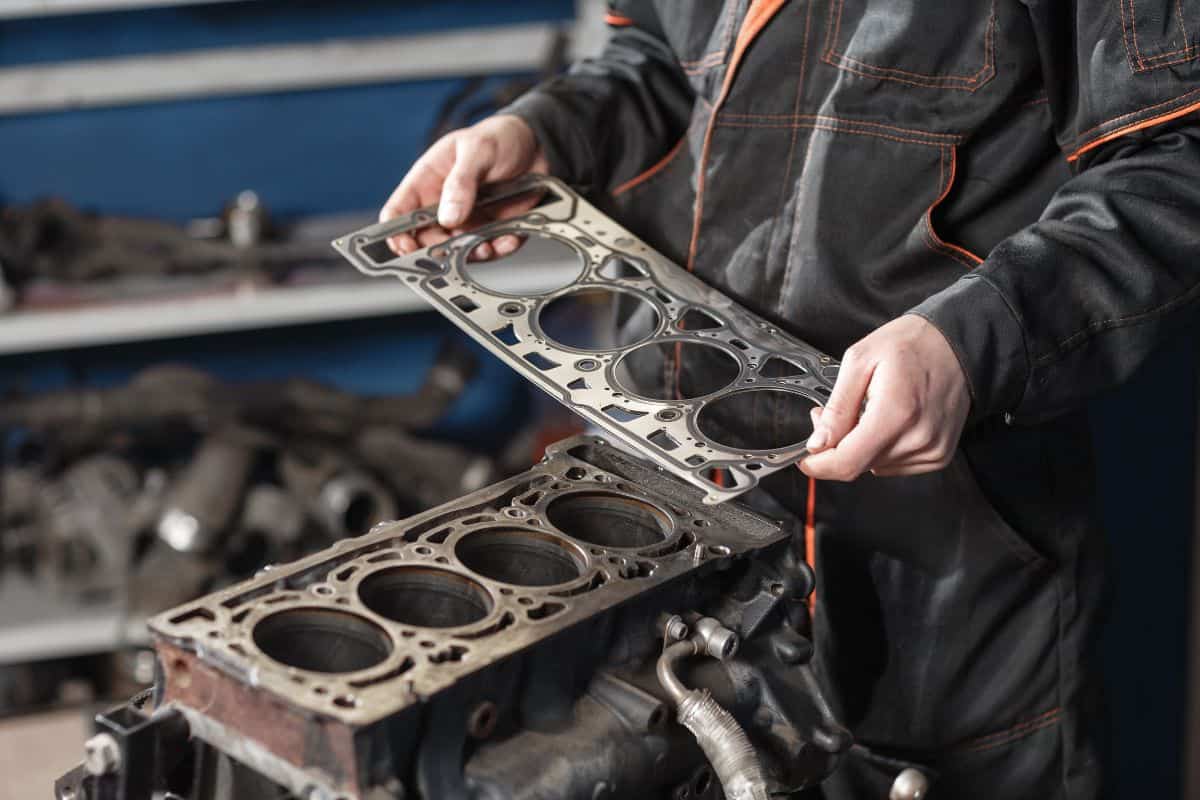
It is common for mechanics to find additional damage after taking out half of the engine, as they will have a better view and can inspect other parts.
What makes it a very technical job is that the head gasket is located in between the engine head and the cylinder block, almost like inside it. When replacing, you will not just replace the head gasket. You also have to take out parts like the cylinder to clean it, flushing out other liquid that has leaked into the head gasket.
These liquids will be mostly oil and coolant. The mechanic might even change the oil to ensure all fluids are flushed, and new oil will lubricate the entire engine. Vehicles with V6 and V8 engines will have two head gaskets. This will contribute to the repair time as both gaskets are inspected.
How long do head gaskets last?
Head gaskets are supposed to last at least 200,000 miles or as long as your car's engine lasts. There are multiple reasons why head gaskets can fail to reach their supposed lifespan. Below are some of the most common reasons.
What causes a head gasket to fail?
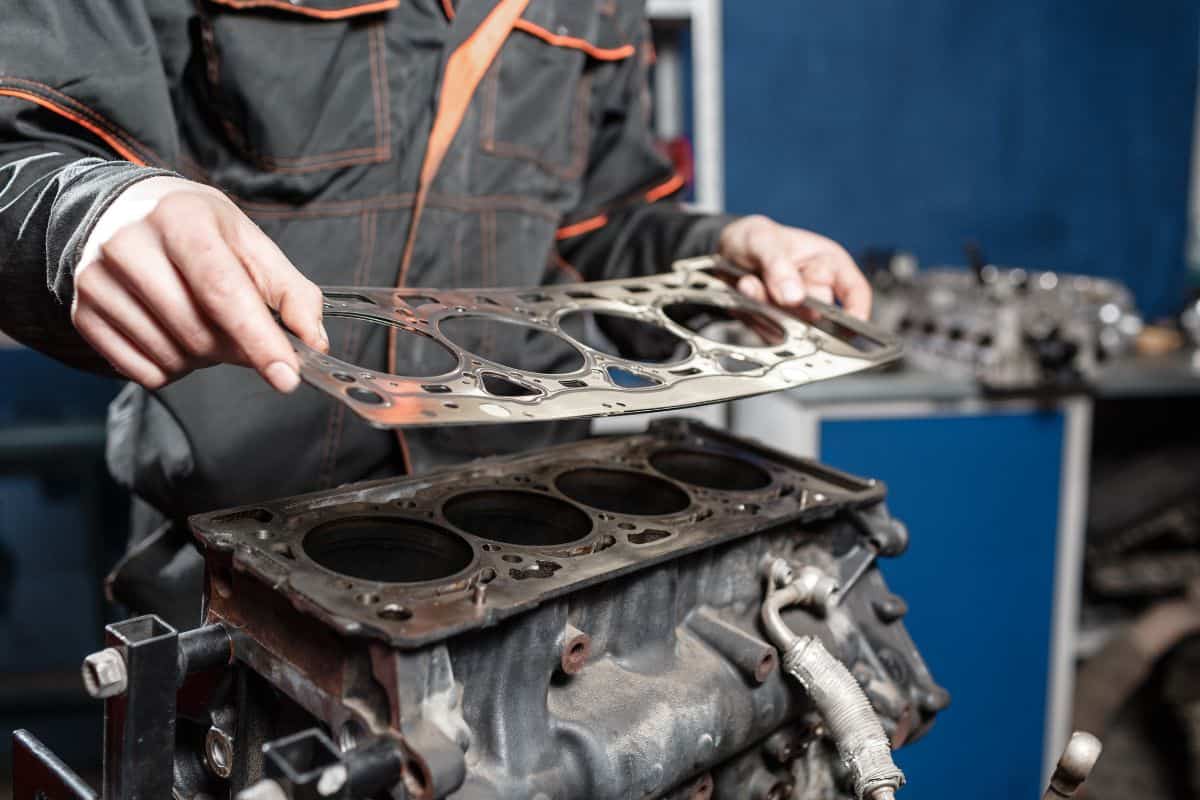
Most of the time, a head gasket fails simply because of age. Like anything else, the wear and tear of everyday use will eventually take a toll on the head gasket. The head gasket is constantly exposed to high temperatures and will eventually deform through time.
Another culprit is an unmaintained vehicle. If there is already an existing problem with the engine that is not immediately resolved, this can cause premature wearing out of the head gasket. Once your vehicle overheats, there's a big chance that it has also affected your head gasket, especially if it is an older model.
One thing that most owners also tend to dismiss is vehicle usage. If you constantly keep pushing the vehicle's limits, you can damage the engine and, in turn, cause a blown head gasket.
How to know if my head gasket is blown?
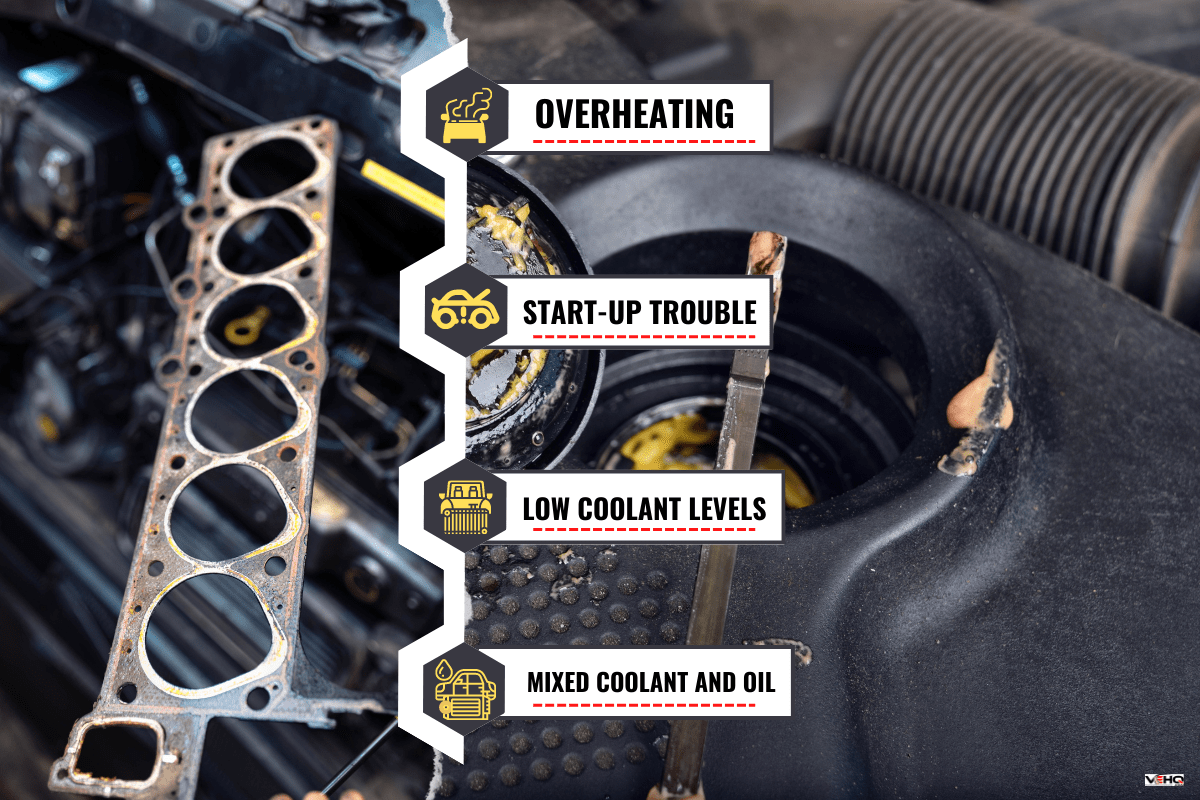
Your head gasket is responsible for separating the two main parts of your vehicle's engine. This separation is air-tight and ensures no liquid from either part of the engine crosses into the other.
The head or the top part of the engine is responsible for airflow into the engine as this is where the valves are located. This is where the air enters and then exits through the cylinders. At the same time, the bottom part of the engine is where the conversion of fuel happens, which makes the vehicle run.
So when your head gasket blows up, you will notice something wrong with the vehicle, as it is an integral part of how the engine is maintained to operate properly. If you notice one or multiple of the following, have your car immediately diagnosed to have it repaired.
Overheating
The most obvious is overheating. Although overheating can cause the gasket to blow up, a blown head gasket can also cause the head gasket to overheat. A blown head gasket gives the engine a difficult time cooling down by disrupting the coolant flow in the engine. This is because engine oil and coolant had mixed together, indicating that the air-tight seal had been compromised.
Start-up Trouble
One thing that you should look out for is white smoke coming out of your exhaust pipes during start-up. This happens because the coolant leaks into the cylinders as the seal of the head gasket is already compromised.
Low Coolant Levels
If you notice that your coolant levels keep dropping, you might have a leak caused by a blown engine. If this happens after experiencing an overheating accident, chances are you have already blown a gasket head.
Mixed Coolant And Oil
To check if your coolant and engine oil are mixing, check your radiator cap or coolant reservoir to see if there is oil residue. Another thing to look at is mayonnaise-like substances or odd consistency found in the coolant reservoir.
This is the by-product of engine oil and coolant mixing. This can be accompanied by a mayonnaise-like foam consistency which is the engine oil and antifreeze mixing.
Weird Sound
A blown head gasket will make a weird sound likened to an exhaust leaking or air whistling like it is coming out from a flat tire. You will hear this intermittently or with very short gaps between the sounds, as if someone is exhaling fast. This will be heard while the engine is running.
Here is a video of a vehicle making the sound of a blown head gasket.
Can I still drive with a blown head gasket?
A car with a blown head gasket can still be driven, but it does not mean you should drive it. This will lead to more problems that could eventually total the vehicle. That is why, as a vehicle owner, you should be observant of your vehicle. Once the mentioned symptoms above show up, immediately have it checked.
Do not self-diagnose, as you may get it wrong. Other problems can also show the same symptoms. It is best to have a professional properly check your vehicle for the proper assessment.
Can I replace a head gasket by myself?
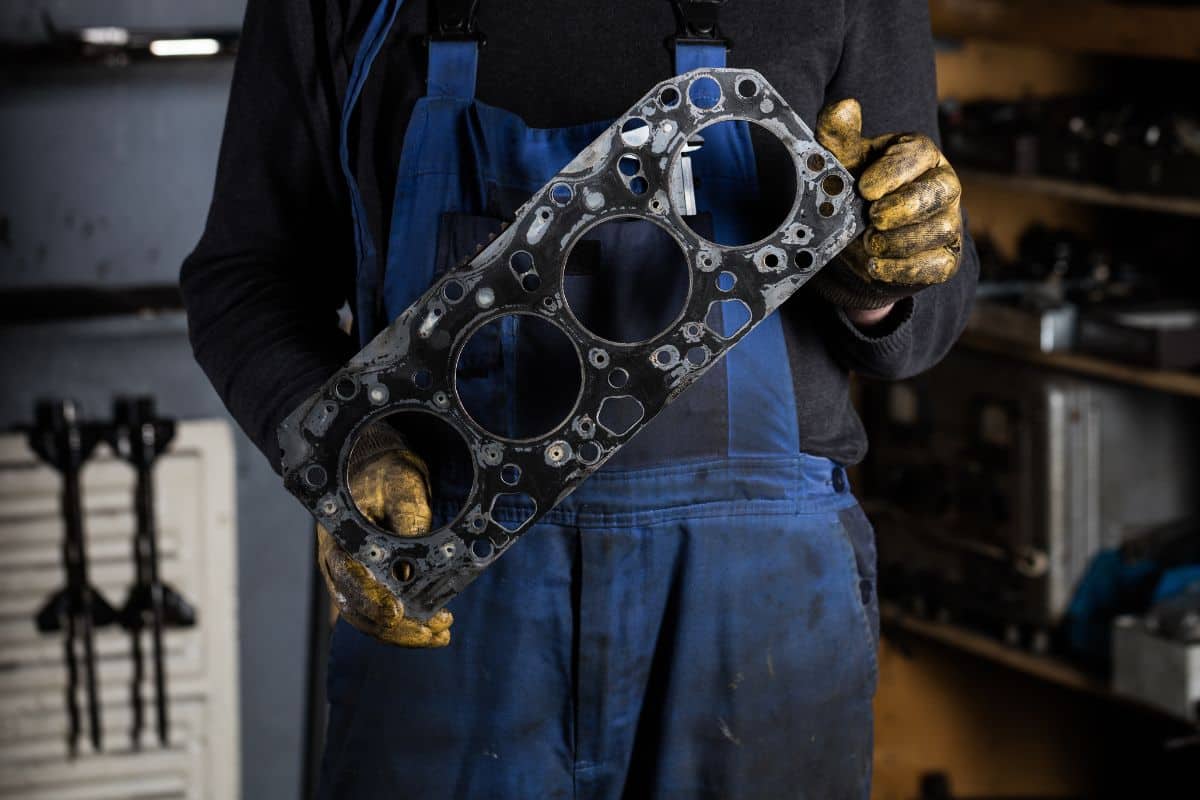
Changing a head gasket by yourself is no easy task. Head gasket replacements are not DIY repairs. You will need special tools and equipment, the right replacement part, and most of all, skills and prior knowledge, as this is a major repair requiring you to take half your engine off.
As stated earlier, the head gasket is located in between the blockhead. You will have to remove the upper half of your engine to have it replaced. This means taking apart your motor and disconnecting pipes, wires, etc. This type of repair requires a big undertaking. Diagnosis of other parts will also be made to ensure that no other parts are affected by the blown head gasket.
If the reason behind your head gasket failing is the wear and tear of the parts due to age, chances are, there will also be multiple parts that will require replacing and repair, not just your head gasket. Doing this yourself is risky as you might end up breaking your vehicle even more instead of repairing it. Get a trusted mechanic to do it for you.
How much does it cost to have a head gasket replaced?
The cost will vary, but the national average is between $1,600-$1,900, with labor costs between $900-$1,000. This actual price will depend on your location, the shop you chose to have it repaired, parts replacements, and other repairs needed for other parts. We recommend finding a reputed mechanic or auto repair shop that won't rip you off and ask for exorbitant prices.
Can you still trade in a car with a blown head gasket?
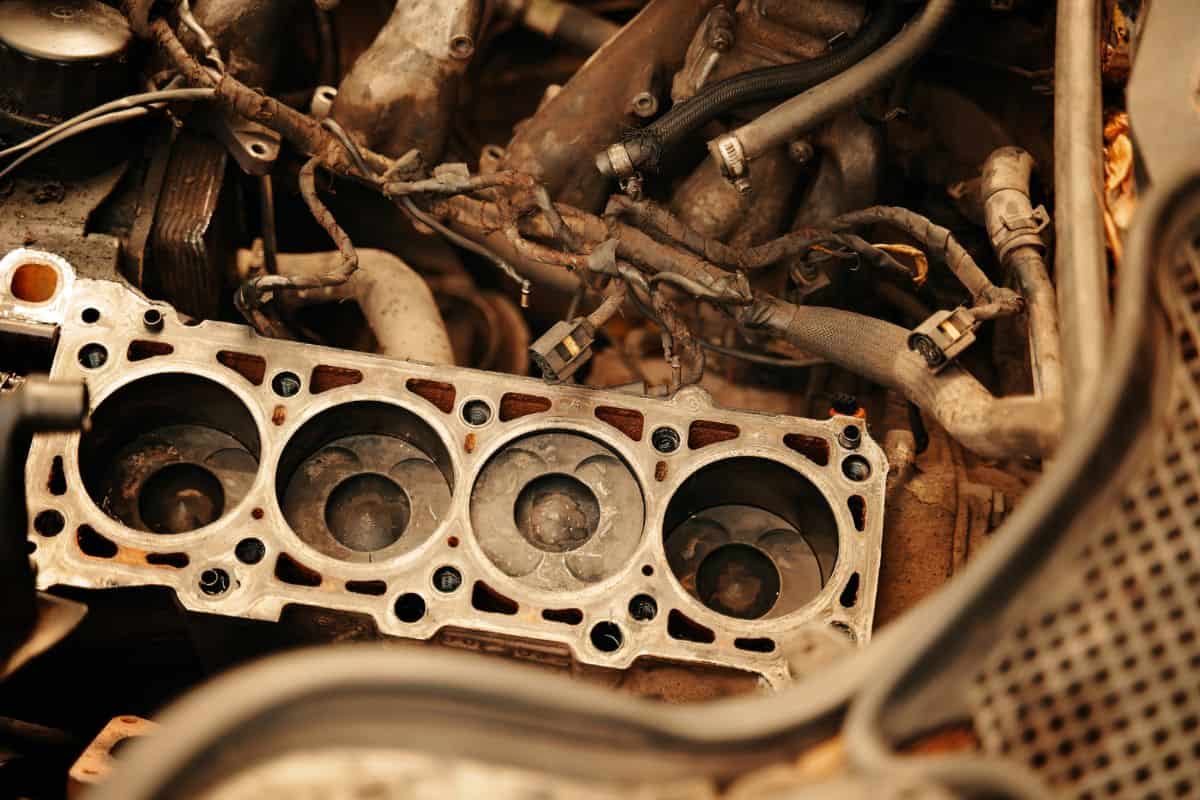
Some dealerships might accept, while some not. Other places like Carmax buys blown head gasket vehicles. Legally, you can still sell a vehicle with a blown head gasket as long as you disclose the vehicle's damage. If you manage to have your car traded in through a dealership, expect a rock-bottom offer, as a vehicle with a blown head gasket has little to no value.
Here's A Quick Recap Of What We've Discussed
The timeline to have a new head gasket is not definite. You can have a new head gasket installed within a few hours or a few days, and many factors will affect this. Usually, head gaskets are rated to last as long as your engine can, but without the proper care and maintenance, they will have a shorter life.
Head gasket replacement is a major repair and is very hard to DIY, especially if you're not a mechanic.
We hope that we have satisfied your questions about head gasket replacements. Do you have any more vehicle-related concerns, particularly about head gaskets? Check out some of our previously written articles below, all about head gaskets!
Valve Cover Gasket Vs Head Gasket: What Are The Main Differences?
How To Fix A Blown Head Gasket Without Replacing It [Step By Step Guide]
Most Common Problems After Head Gasket Replacement – What To Look For?
